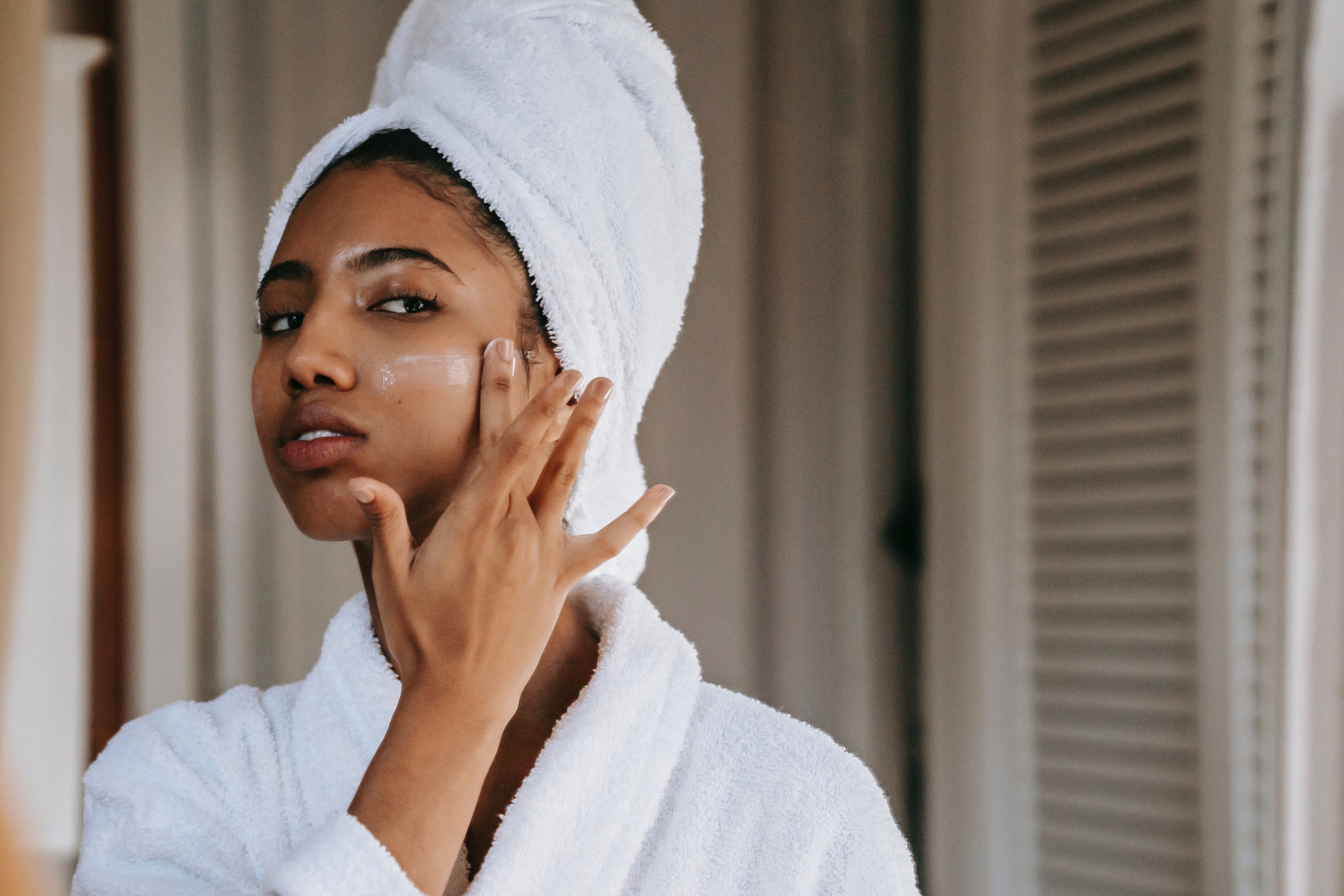The Comprehensive Guide to the Skin Picking Test

Skin Picking
Also known as a body-focused repetitive behavior (BFRB). 2%-5% of the population pick their skin. Take the test to see if you experience skin picking and learn the severity.
Are you thinking about getting a skin picking test? Before you take the plunge and make an appointment with a dermatologist, it’s important to understand exactly what this test involves and how it can help you. That’s why we’ve put together this comprehensive guide to the skin picking test. We’ll cover what the test is, how it’s administered, what to expect, and how to interpret the results. By the end of this blog post, you’ll be ready to confidently schedule your appointment and take the skin picking test.
What is the skin picking test?
The skin picking test is a simple method used to diagnose and treat skin picking disorder. Skin picking disorder, also known as excoriation disorder or dermatillomania, is an impulse control disorder characterized by the repeated urge to pick at one’s own skin, resulting in visible damage and scarring. The skin picking test is a clinical evaluation that helps assess the extent of the skin picking behavior and determine the best course of treatment for the individual.
During the test, a clinician will use a variety of methods to evaluate the amount of skin-picking behavior, including observation, self-reporting questionnaires, interviews, and direct physical examination of the skin. The goal of the test is to identify any underlying triggers for the behavior and create an effective plan for managing it.
How can I prepare for the skin picking test?
Preparing for a skin picking test is key to getting the most accurate results. There are several steps you should take before you go in for your test:
- Stop picking your skin! This may seem obvious, but it’s important to stop picking before you go into the test to ensure you get an accurate reading.
- Get organized and make sure to bring the necessary materials to your appointment. Bring a list of any questions you may have and any relevant medical records, such as dermatology reports or lab results.
- Talk to your doctor beforehand about any concerns you have, such as allergies or medical conditions that might affect the test results.
- Cleanse your skin and remove any makeup or lotion that might interfere with the results.
- Be prepared to answer questions about your skin-picking habits, including how long you have been picking, what areas of the body are affected, and any triggers that cause you to pick.

What are some potential next steps after the skin picking test?
Once you’ve completed the skin picking test, it’s important to discuss your results with a professional. Depending on the results, the doctor or therapist may recommend further treatment. Common next steps after the skin picking test may include:
-Medication: Your doctor may suggest medications such as antidepressants to help regulate your mood and reduce the urge to pick your skin.
-Therapy: Psychotherapy can be an effective treatment option for skin picking. The therapist can help you gain insight into why you pick your skin and learn ways to manage this behavior in healthy ways.
-Support Groups: Joining a support group can be a great way to connect with others who have similar experiences with skin picking. Talking with others in a supportive environment can help you feel less alone and more motivated to make positive changes in your life.
-Alternative Treatments: Alternative treatments such as mindfulness meditation, acupuncture, and hypnotherapy can also be helpful for reducing skin picking behaviors.
It’s important to find a treatment plan that works for you and stick with it. With patience and dedication, it is possible to find relief from skin picking. For more information, visit OCD and Anxiety Online today.



